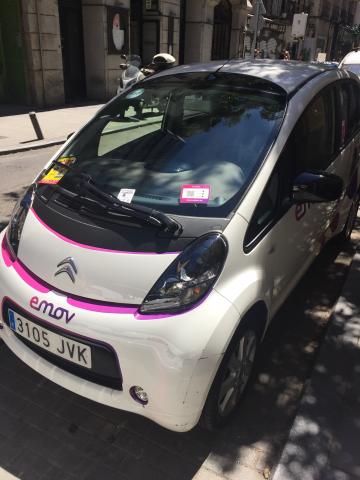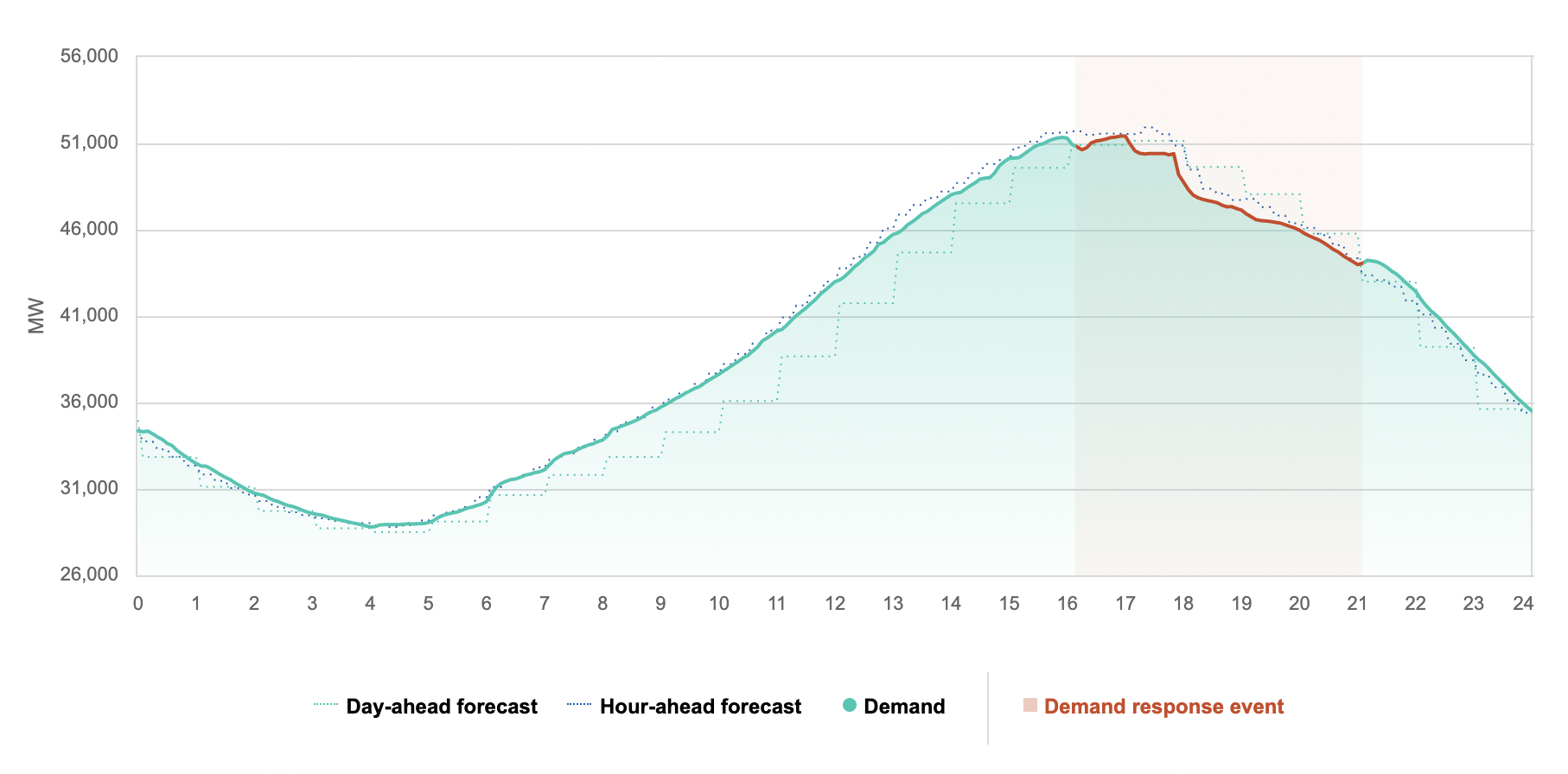
Unlocking the Promise of Shared, Electric Transportation: A Postcard from Madrid
Not every American city – and perhaps not any American city – can follow Madrid’s model exactly. But all have the power to encourage compact land use, expand public transportation, tame the negative effects of private cars in urban places, and facilitate the growth of shared mobility and vehicle electrification – unlocking powerful opportunities for cutting carbon from transportation.

Electric carsharing is the kind of powerful win-win solution that can help move America toward a zero-carbon transportation system.
Electric vehicles are vastly more energy efficient than internal combustion engine cars and can operate on renewable energy from the wind and the sun. Carsharing – in both its traditional round-trip and newer one-way or “free-floating” forms – can substitute for private vehicle ownership, reducing vehicle travel and the number of cars clogging city streets. Research by the Transportation Sustainability Research Center at the University of California, Berkeley has found that each free-floating carsharing vehicle in North America substitutes for 11 privately owned vehicles and reduces greenhouse gas emissions by 14 metric tons.
In the United States, electric carsharing is still uncommon. There are more than 1.4 million members of carsharing services in the U.S., but most of those services use vehicles powered by gasoline. Pioneering electric vehicle carsharing systems in Indianapolis and Los Angeles are showing the way toward the hoped-for intersection of shared and electric mobility, but if you want to get a sense of what widespread electric carsharing looks like today, you need to look elsewhere in the world.
Madrid, which I had the pleasure of visiting recently, is a good place to start. It is also a good example of how policies that support quality urbanism can provide a strong foundation for efforts to decarbonize transportation.
Madrid currently has two competing free-floating electric carsharing services – emov and car2go. Car2go operates fleets of conventional vehicles in cities in America and around the world, along with fully electric systems in Madrid and a few other European cities. Emov is a project of French automaker PSA and exists, for now at least, only in Madrid.
The number of vehicles fielded by the two services in the Spanish capital is impressive: 500 provided by emov and another 500 by car2go. Indeed, it was hard to walk more than a couple of blocks in areas near Madrid’s core without spotting a car owned by one of the two companies. Large numbers of Madrileños have signed up for the services: car2go has more than 160,000 members, while emov has topped 100,000 in just its first five months.
They may soon have even more company, with talk of a third electric carsharing service possibly arriving soon. (That’s not to mention the city’s extensive electric bikesharing system, BiciMAD).
Why is this explosion of shared, electric mobility happening in Madrid?
A big reason is that, over the course of the last decade, Madrid has tightened restrictions on the use of private vehicles in its highly congested core – especially if those cars operate on fossil fuels. Since 2005, the city has limited vehicle travel on side streets in many of its core neighborhoods to taxis, transit vehicles, emergency vehicles and vehicles owned by residents of those neighborhoods. In 2016, the city banned half of all private cars from the roads during an episode of air pollution.
To encourage the use of electric vehicles – including those provided by carsharing services such as car2go and emov – Madrid has exempted them from many of these restrictions. Electric vehicles are allowed to park for free on the city’s streets, even at metered spaces. They are allowed to travel in areas of the city that are otherwise restricted to residents, and can be used on days when private vehicle travel is restricted due to air pollution concerns.
These powerful incentives would not have been possible had the restrictions on private vehicle use not existed in the first place. And the restrictions on private vehicle use might not have been politically possible had Madrid not already possessed an extensive, efficient system of public transportation and a compact, walkable core, making the use of a private vehicle to access the city center clearly a luxury rather than a necessity.
In other words, Madrid’s nascent leadership in shared, electric transportation is built on a foundation of good urbanism – including policies to prioritize the safety, health and comfort of city residents over the convenience of private vehicle owners – and the investments it has made to provide convenient options for getting around the city without owning a car.
A couple of months ago, we argued on this blog that a zero-carbon transportation system demands great urban places. The story of Madrid’s progress on shared, electric transportation shows why. Not every American city – and perhaps not any American city – can follow Madrid’s model exactly. (Indeed, even Madrid’s model may need to evolve over time in order to be sustainable.) But all cities have the power to encourage compact land use, expand public transportation, tame the negative effects of private cars in urban places, and facilitate the growth of shared mobility and vehicle electrification – unlocking powerful opportunities for cutting carbon from transportation.
Photo: An electric carshare vehicle in Madrid.
Topics
Authors
Tony Dutzik
Associate Director and Senior Policy Analyst, Frontier Group
Tony Dutzik is associate director and senior policy analyst with Frontier Group. His research and ideas on climate, energy and transportation policy have helped shape public policy debates across the U.S., and have earned coverage in media outlets from the New York Times to National Public Radio. A former journalist, Tony lives and works in Boston.
Find Out More

Is all computing worth doing?

We have the tools to get off oil. Why haven’t we used them?

California has even more potential to flex our power

